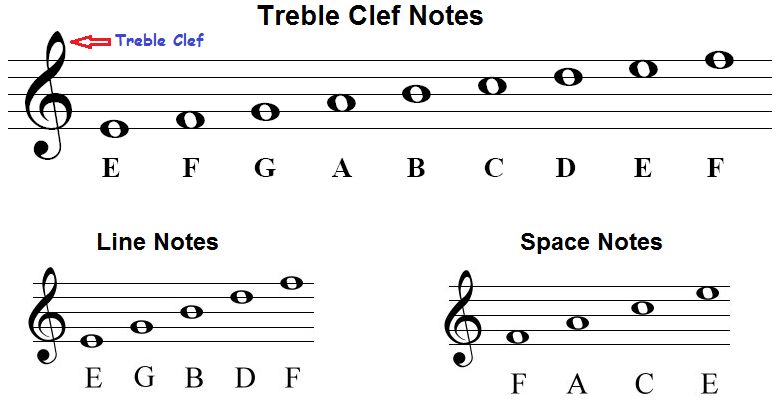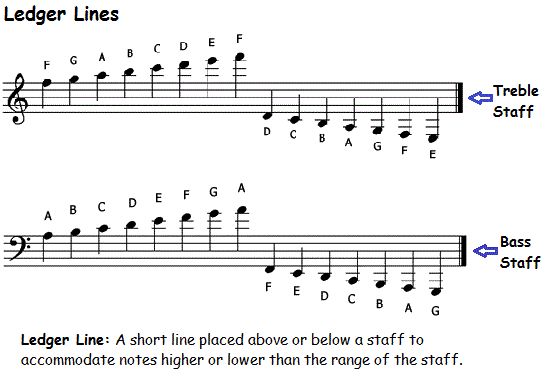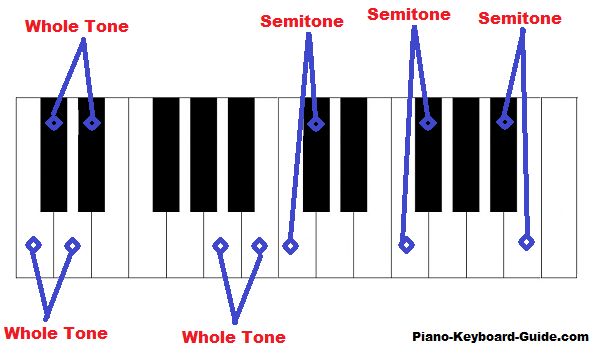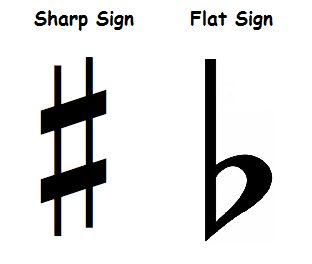The Structure Of Music
Jun 23, 2019 • 56 views
For as long as mankind has existed, music has as well. In present times the music industries is one of the biggest on our planet. First there were drums made of animal skin, then lutes and then the more classical instruments like piano and guitar. Over the years people started to get curious about the structure of music and I know that we wonder this as well, "what is the pattern behind these sounds that make me feel so good after a breakup?". Well here is me explaining the basics since I know the piano it will be from that perspective.
So music is written on the grand staff which looks something like this

This is a line from the famous moonlight sonata by Bethoveen
These are some very weird notations the first time you see them, even after playing 10 years of piano I keep finding weird notations. But here's the break down:-
Any music book will always have a set of piano keys as a representation for the notes because honestly, it is the easiest.

The notes go from A to G in alphabetical order and then start at A again as you can see above (don't worry about the black keys we'll come to them later). a set of 8 notes is called an octave and a piano has the most number of octaves (also its called a piano but its actual name is pianoforte).
These are the very basics. How is it related to those black ball like things on the lines? Here's the explanation.
When you look at the grand staff you notice these two symbols at the extreme left those are called the clefs. There are two clefs treble and bass, generally for beginners on the piano the bass is on the left of middle C and right of middle C is treble (but like I said it is a very basic understanding that you will realise is false if you play music).
Now for the Treble Clef:-

These are the treble clef notes, now you can read music on half the grand staff. The lines are called lines and the spaces between the lines are called spaces, real original. Funny sarcastic commentary aside, this is how you read notes. If you noticed something, line to space is a one note gap while line to line is a two-note gap.
The next is the bass clef, which looks like this

When you look you'll realise that the arrangement of the bass clef notes is different. For example, the first line is a G instead of an E but otherwise, it follows the same principles as the treble clef.
If you are looking for a science definition, then most bass notes are low pitched while most treble notes are high pitched.
Now when you go up to the picture of the grand staff you can read the notes. Not yet because I missed out on a tiny yet crucial thing, ledger lines.

These are ledger lines. Not all notes on a piano can fit in a staff and even other instruments have a range of more than an octave which makes it difficult to fit everything in the staff, so we use ledger lines. The easiest way to understand ledger lines is to imagine them to be extra lines and spaces added to the staff. Obviously you can't draw extra lines, that will be messy, we just add a small line through the circle to indicate that it is on a line or we add it above or below the circle to indicate that it is on a space.
Oh yeah, do you see that C below the treble staff? That is the piano middle C.
Now you can read notes, if the music is played in C major or A minor. The last and definitely one of the most important aspects of music is the key signatures and to understand that we must understand sharps and flats.
If you go on the to the picture of the piano keys you'll see on the black keys written C# or A#, this isn't a hashtag done wrong, the symbol is called a sharp. So it's called C sharp, A sharp and so on.
A sharp raises a note by what we call a semi-tone. Now tones and semi-tones are very easy to understand on the piano and fortunately we're using one as an example. Semi-tones and tones are basically gaps between the notes, a semi-tone would be the gap between two adjacent keys for example C to C# would be a semi-tone Or E to F or C# to D while C to D would be a tone as C# is in the middle, or B to C# is a tone a C is in the middle. Similarly C# to D# is also a tone as D in the middle. The basic equation is
Semi tone+Semi tone=whole tone

If you've also noticed there is no E# or B# given. That's because E# is F and B# is C.
Similarly on the black key, below the C# you'll see D and a figure that almost looks like a lowercase b, that is called a flat. It drops the note by a semi-tone.
Hopefully, I was good enough at explaining what sharps and flats are.

So now look at the grand staff picture again you will notice four sharps after the clef. This is called the key signature. For this it is F#, G#, C# and D# the scale is C#minor(if you are curious about this google).
so every time you read F, G, C or D instead of playing those you play F#, G#, C# or D# unless a natural sign is used.

This neutralizes any sharps or flats for a bar. The key signature can contain flats or sharps depending on the scale the composition is in.
Now I mentioned a bar. A bar is represnted by the thin black line. It is a division of music which in this case is 2/2 (time signature, that's a whole other thing).
This is how music is written. I hope you learnt something from this and it was informative for you. Of course this isn't all there is, these are just the basics of it. If you want to find out more, please use google or wait for me to write something more about this (which I guess I am going to).
